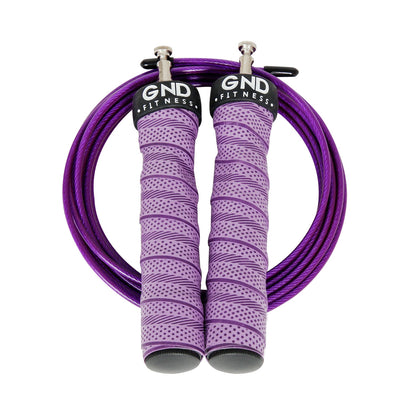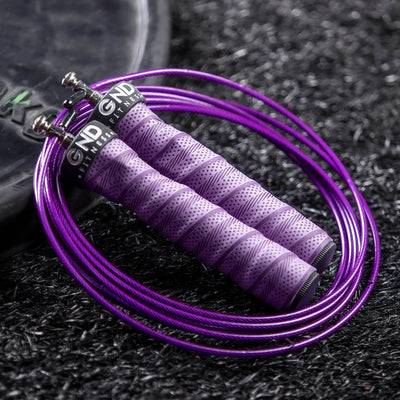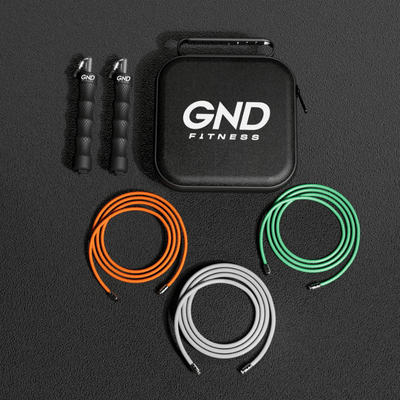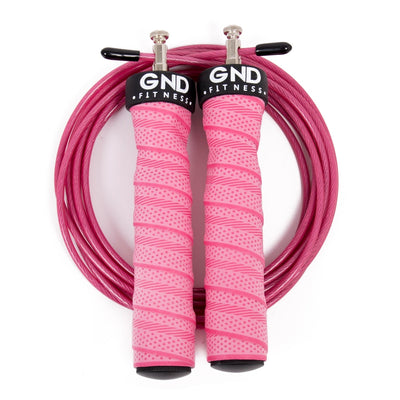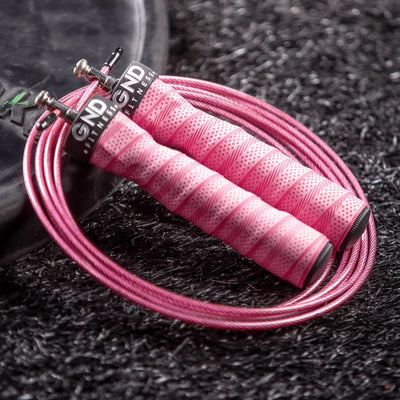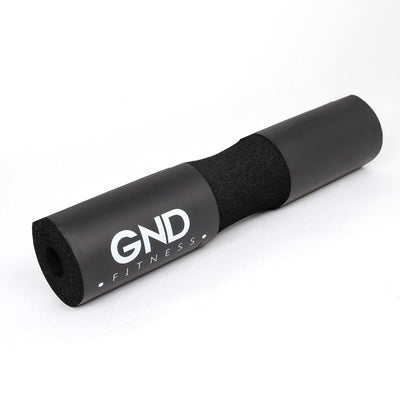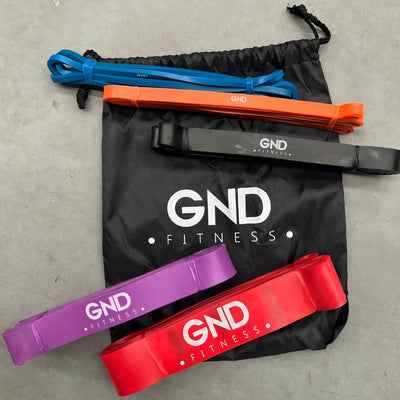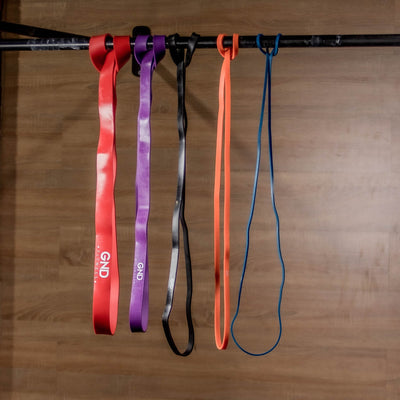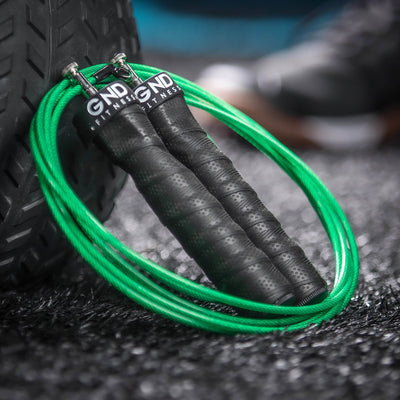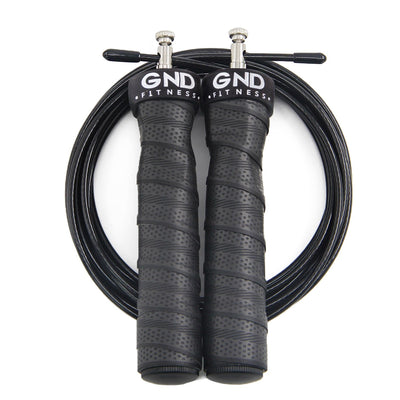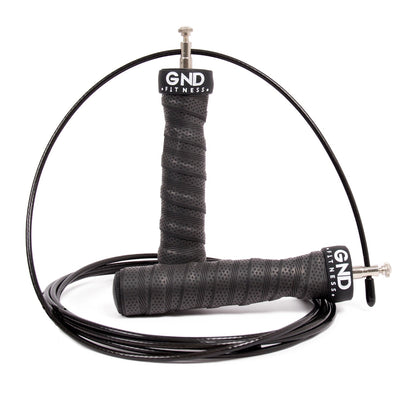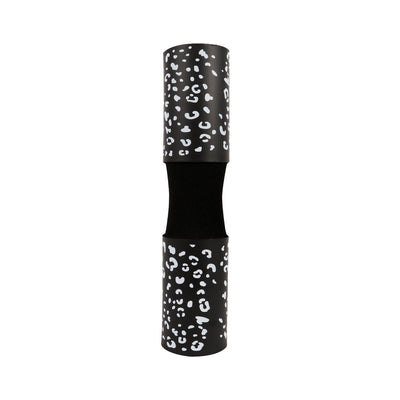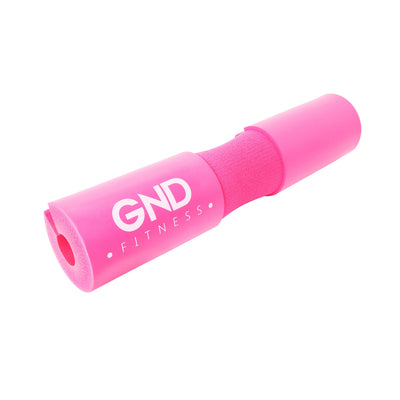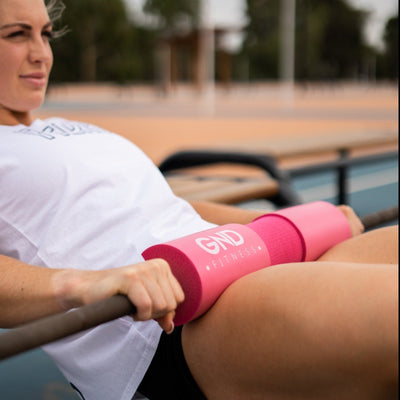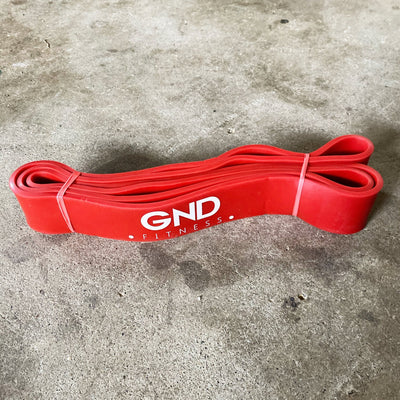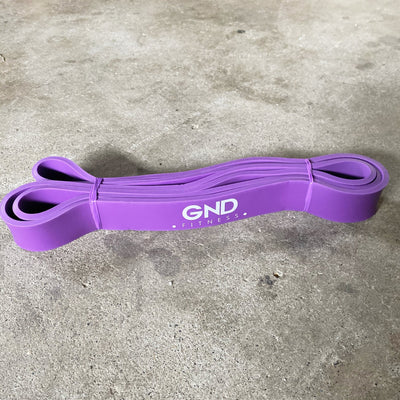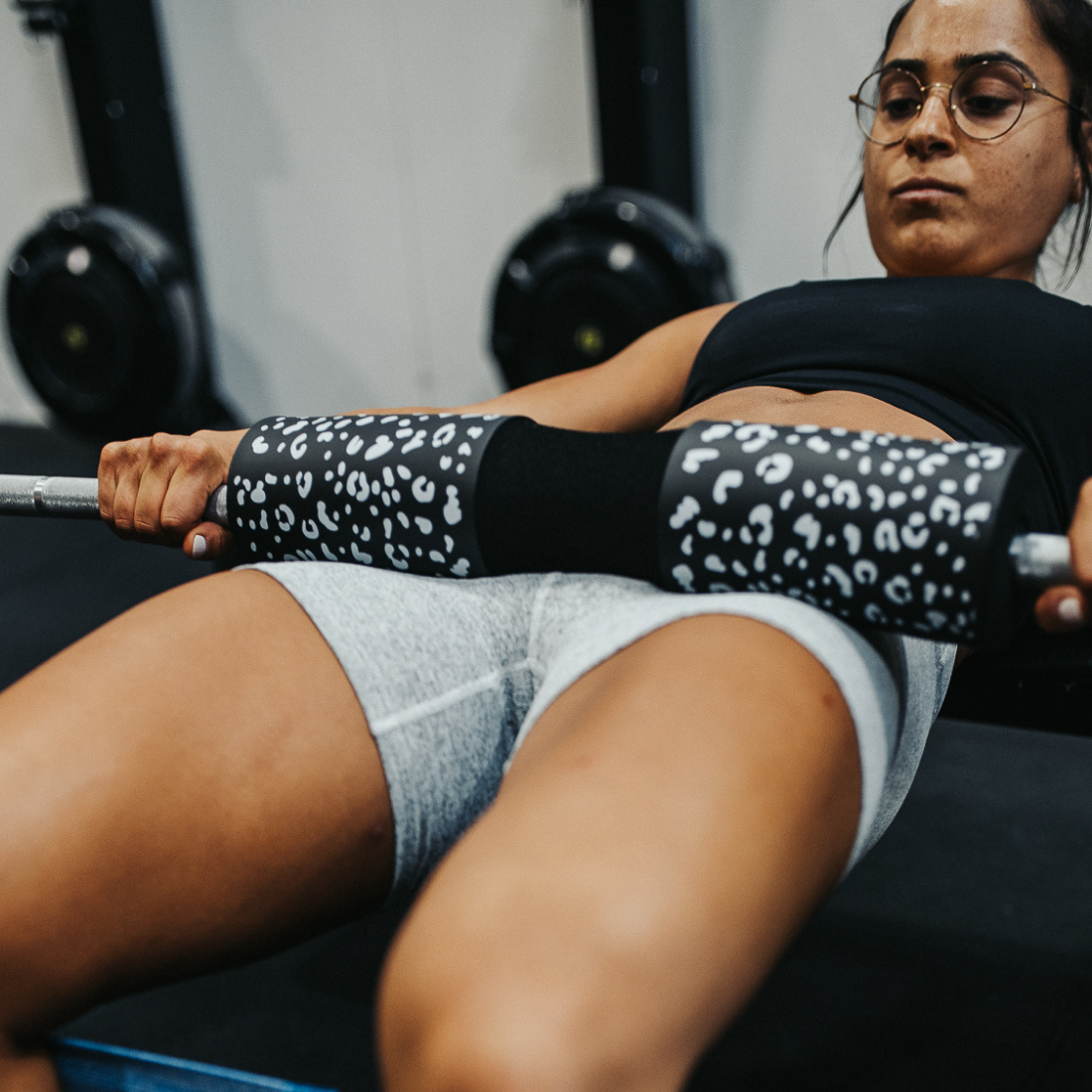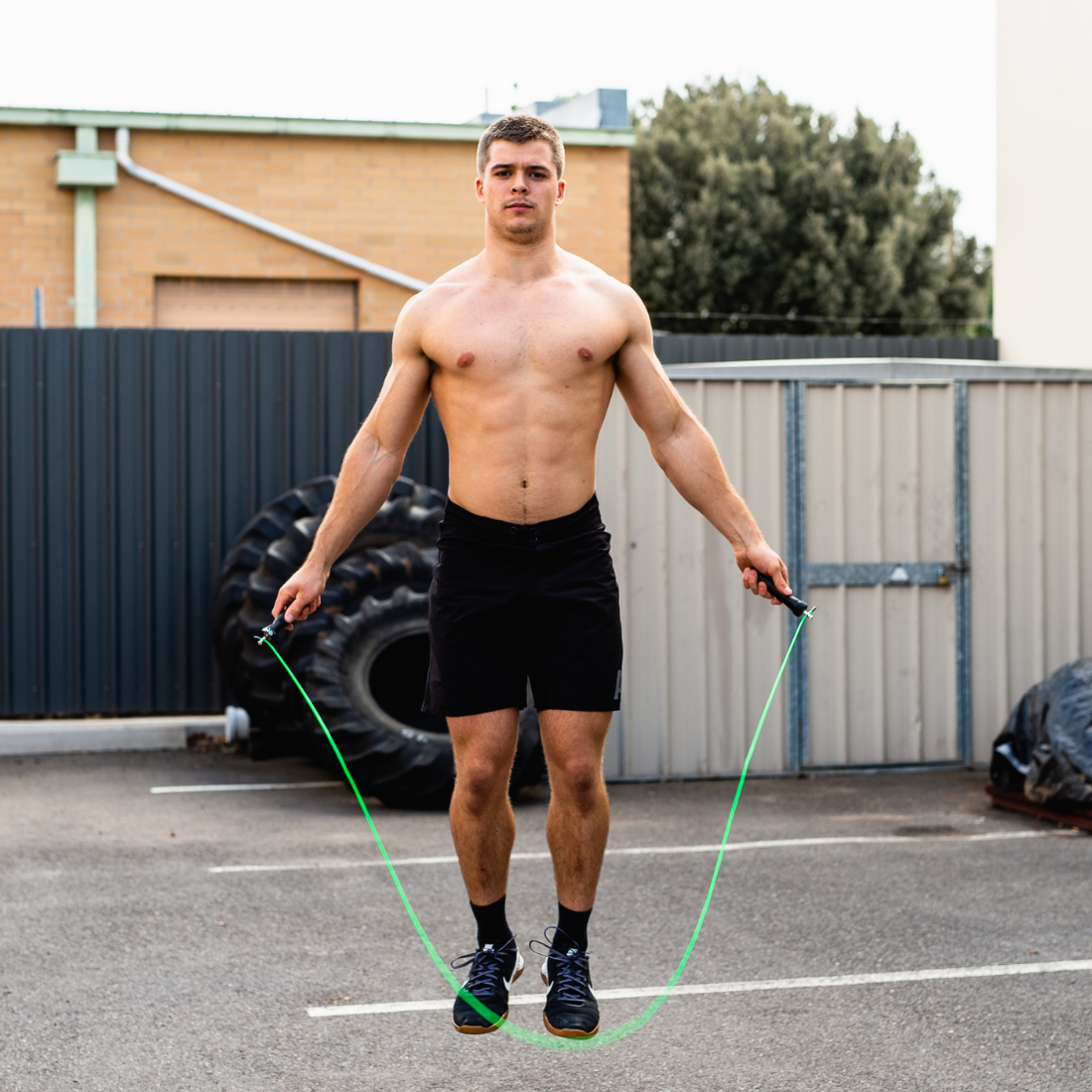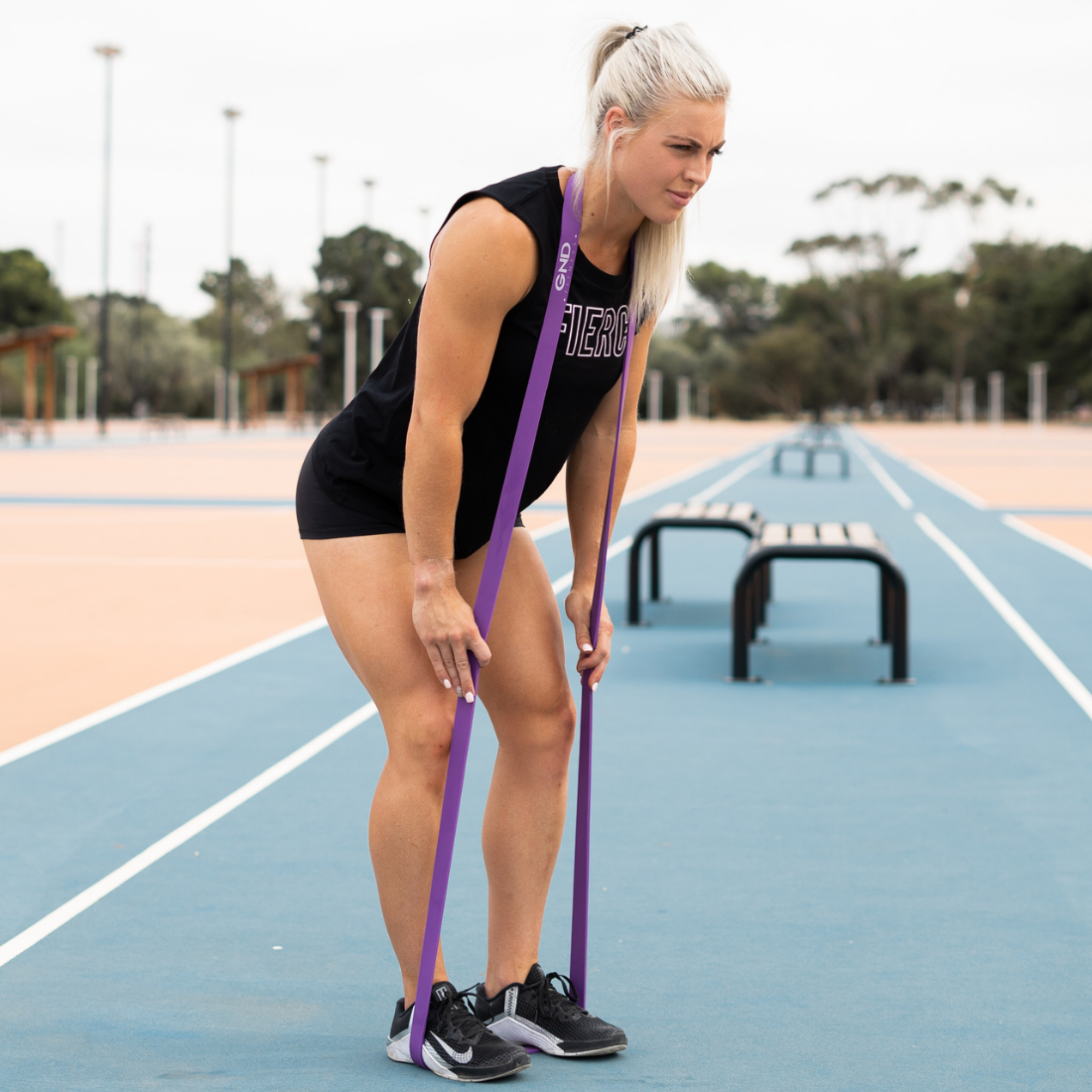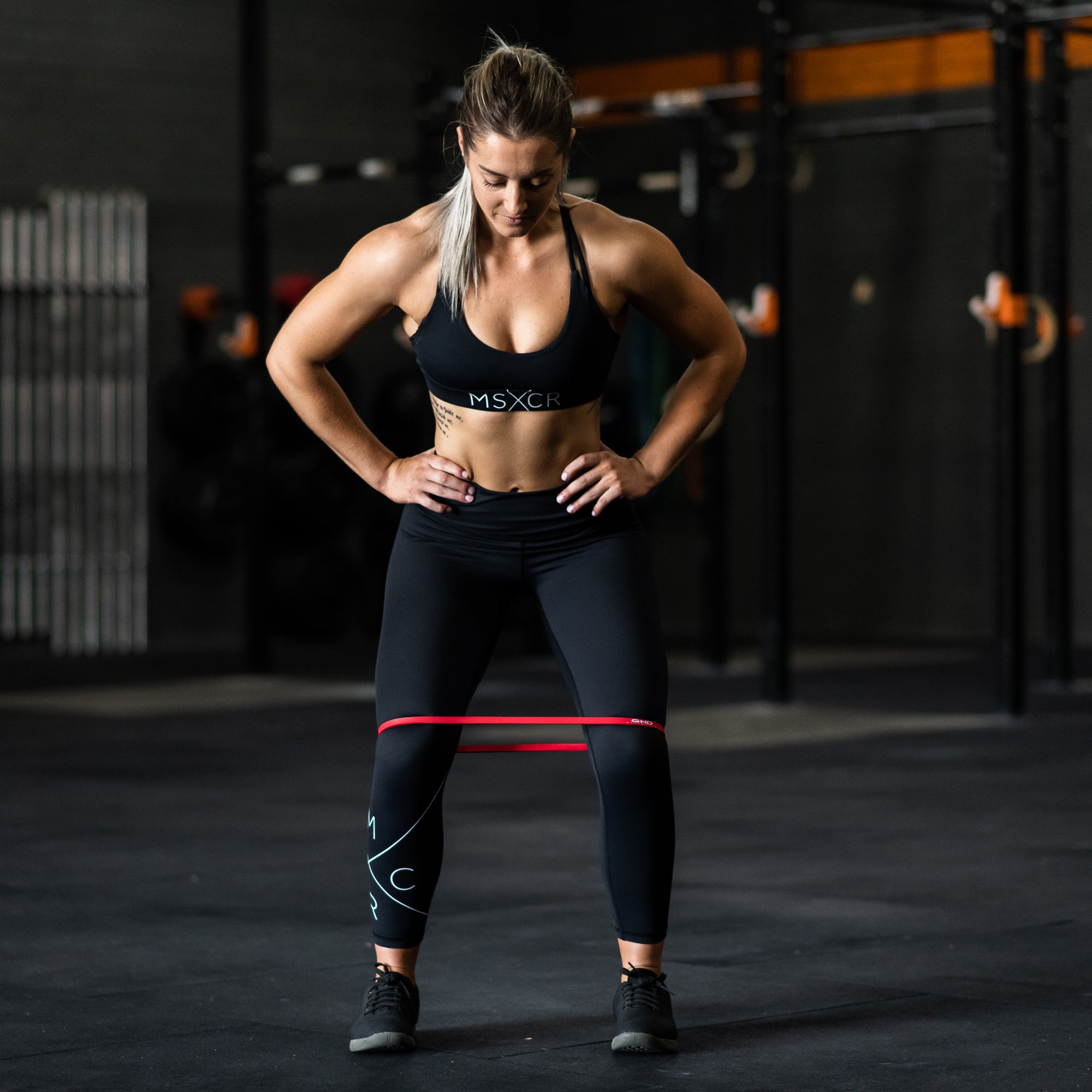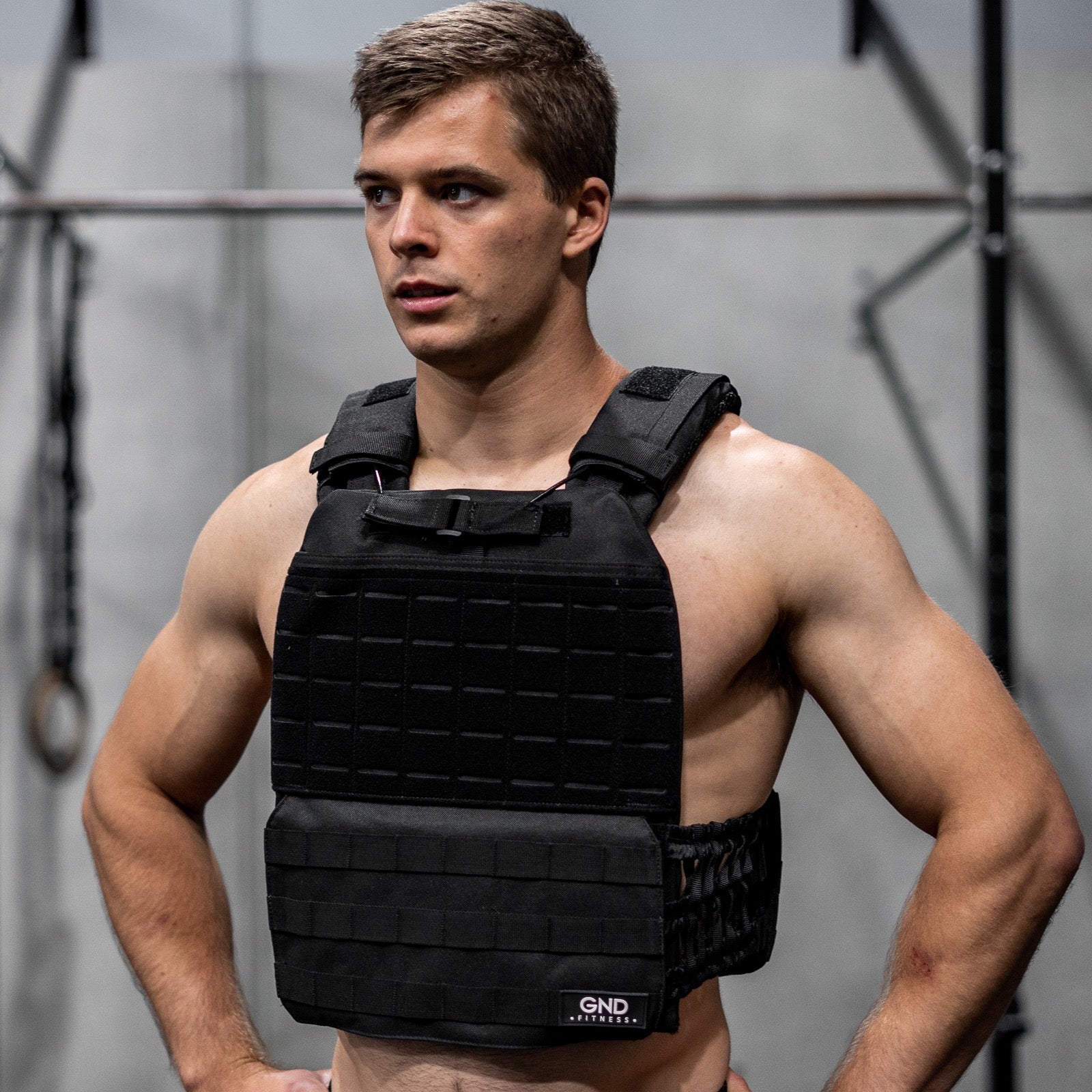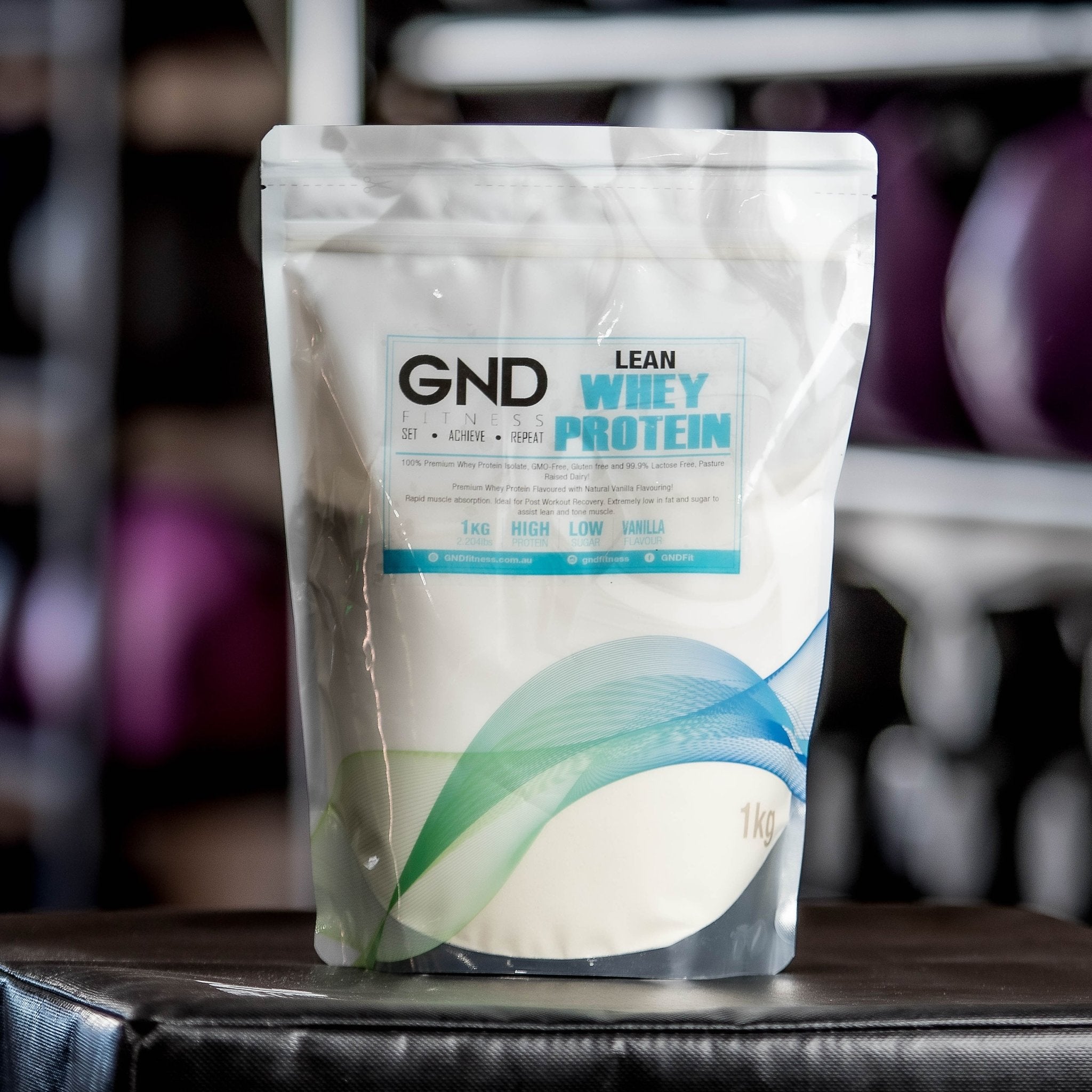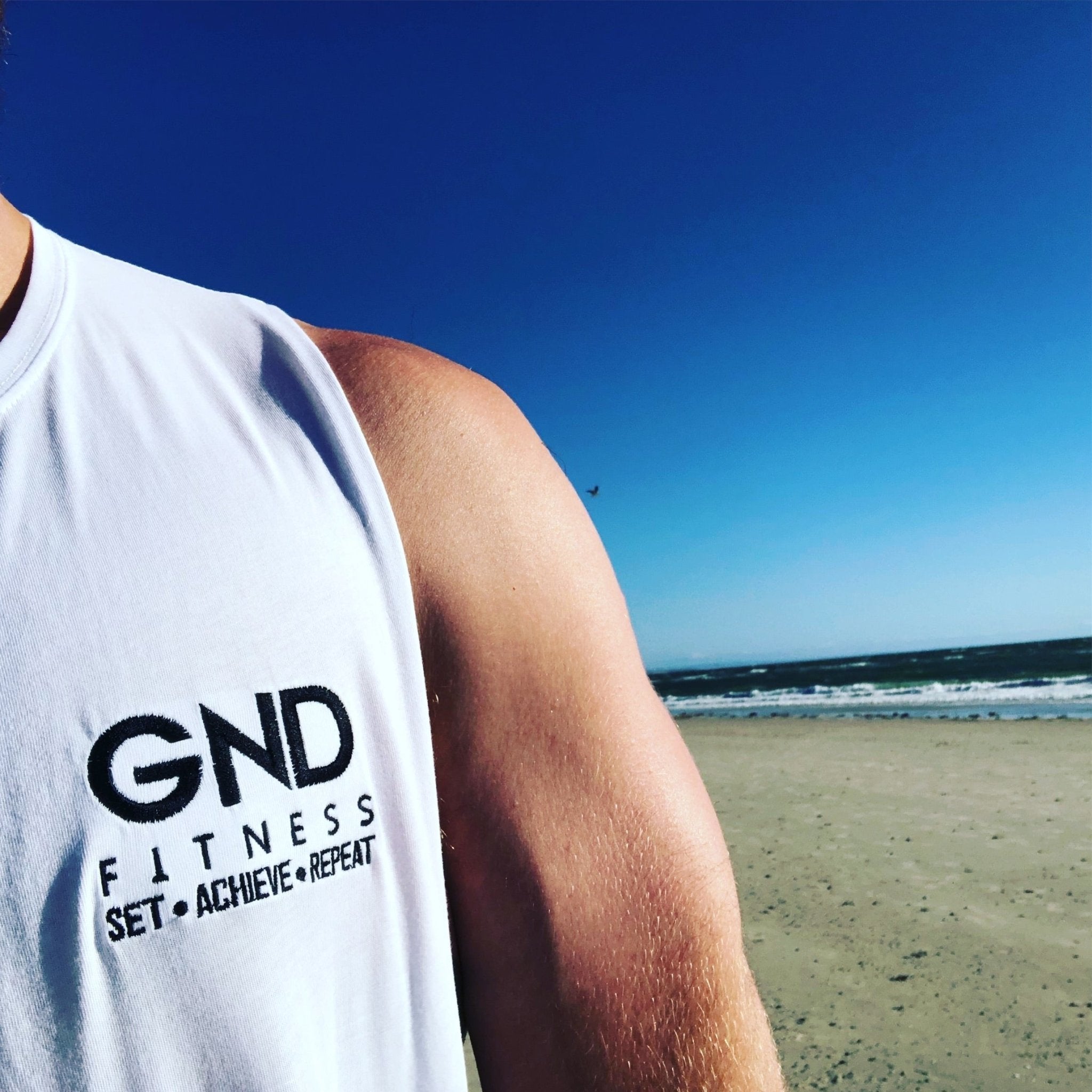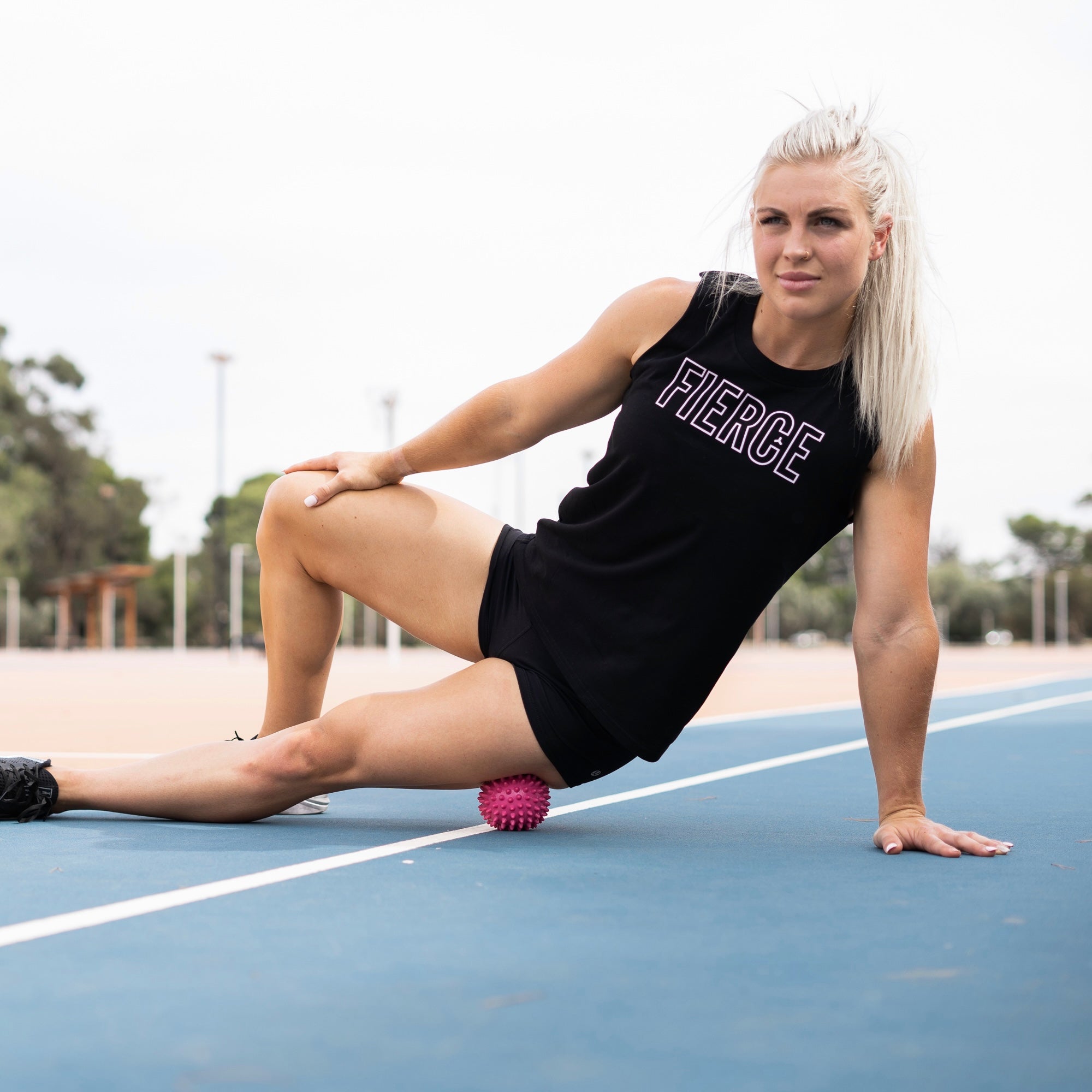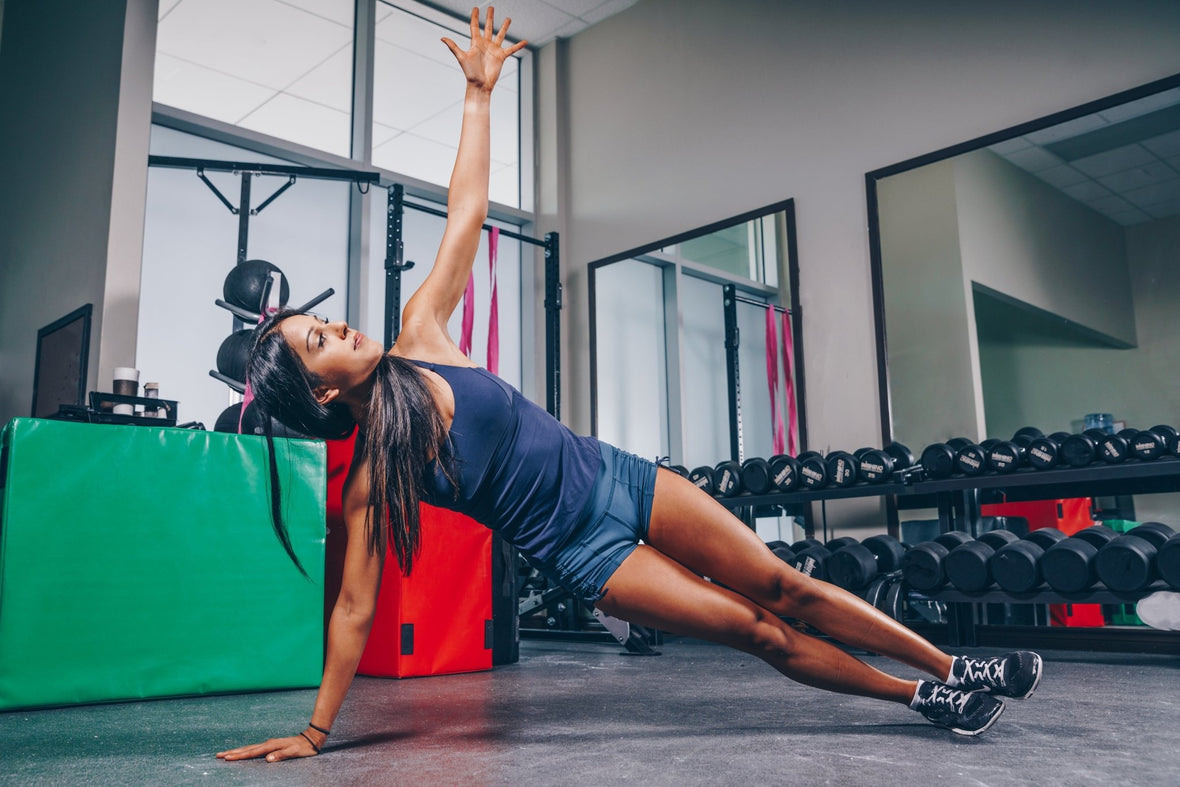
How to Set Up A Lockdown Proof Home Gym
Garth Stivey
How to Set Up A Lockdown Proof Home Gym
Setting up a home gym has, at some stage, crossed the mind of every person who has committed themselves to a regular workout schedule. Many of them allow it to stay there for just a few seconds before they dismiss it as unrealistic.
With lockdowns looking to be a part of our lives for the foreseeable future, however, setting up a home gym is becoming a necessity for anyone who wants to maintain a regular workout program. In this article, I’ll give you a template for setting up your ideal home gym.
Step One: Your Priorities
What are your training priorities? Are you laser-focused on building muscle or is cardio efficiency more important to you? Is your primary goal to lose body fat or are you wanting to exercise to supplement a sport?
The answers to these questions will dictate your training space allocation and the type of equipment you fill it with. The average gym goer spends 70 percent of their time on the gym floor and 30 percent on cardio equipment. If that sounds like you, allocate your training space accordingly. 70 percent of your floor space should be dedicated to resistance training and 30 percent to cardio equipment.
Step Two: Your Plan
Having decided on your space allocation, sit down and plan out where you are going to place your equipment for maximum efficiency. Draw a plan of your gym space and place a line to separate the cardio and resistance training areas.
It’s time now to think of the gear that you will be fitting your gym with. A fully-equipped home gym for a person who spends 70 percent of their time on resistance training and 30 percent on cardio would include the following:
- A power rack
- An adjustable bench
- Dumbbells
- A barbell
- Resistance bands
- A pull-up bar
- A skipping rope
- An exercise ball
- An exercise bike
- An agility ladder
- A plyo box
Obviously, the number of these items that you’re able to tick off will depend on your available space and your budget. Equip your gym with all of the items listed will require a budget of around $3000. If you can afford more than that, then I recommend adding a cable pulley machine. You will pay up to $3500 for this but that is money well spent. Cables provide the best means of achieving the ideal biomechanics movement to fully stimulate your muscles. A double cable pulley machine is also extremely versatile, allowing you to perform exercises for every muscle group in your body.
If that is beyond your reach, here are the priorities for lower budgets …
If You’ve Got a Max of $150 …
- A resistance band set
- A jump rope
- A pull-up bar
If You’ve Got a Max of $500 …
- An adjustable bench
- Dumbbells
- Resistance bands set
- Jump rope
- A pull-up bar
- An agility ladder
- A plyo box
If You’ve Got a Max of $1500 …
- An exercise bike
- An adjustable bench
- Dumbbells
- A resistance band pack
- Weighted Skipping Rope
- An exercise ball
- A pull-up bar
- An agility ladder
- A plyo box
Decide on what your budget allows and then plot the gear out on your gym plan. Make sure that you allow at least 30 cm around equipment for ease of movement. If you can afford to include a power rack, plot it in first, allowing 90 cm all around it for ease of movement when loading weights.
Step Three: Preparing Your Space
The next step is to define your training area. In an ideal world, you’ll have garage space or a basement available. The amount of space you have for your home gym will be, ideally, 5 square meters or more. If you are renting, check with your landlord before you go affixing a pull-up bar or mirrors to the wall.
Clear out everything from your dedicated gym space and give it a thorough clean. Then head down to Bunnings and buy yourself some gym tiling. If your budget allows, buy enough tiling to cover all of your resistance training space. If not, just cover the area where you will be doing your heavy compound exercises like squats and deadlifts.
I also recommend buying one or two large full-body bathroom mirrors. You can pick these up from Bunnings at a pretty low cost. Affix them to the wall in areas of the gym where you’ll get a full view of yourself when performing most exercises. This isn’t an ego thing - it will allow you to analyse your form and make any corrections to get more from your workout.
New or Used?
Should you buy your gym equipment new or second-hand? The benefits of buying new are that the gear looks brand new, and it comes with a warranty. That’s an important protection on pieces of equipment with lots of moving parts like a treadmill, exercise bike, or rowing machine.
When it comes to resistance gear such as weight plates, and barbell bars, however, it’s a different story. These robust pieces of equipment are made from solid steel with the only difference between new and used usually being a few scratches. If you are happy to apply a fresh coat of spray paint you can often save more than 50 per cent off the brand-new price. So, it makes sense to look on eBay for used plates, and bars. Just be aware that you’re probably going to have to pick up (or pay a whole lot for freight!).
I recommend buying brand-new equipment such as resistance bands, booty bands, and fitness balls. Used bands may have been abused, left out in the sun, or overstretched to the point that their durability is severely compromised. Buying new ensures that your band set will last for many years.
Wrap Up
Setting up a home gym will provide you with the freedom to work out on your own terms. During a COVID lockdown, being able to seamlessly continue your workout routine can make the difference between cruising through and going stir-crazy. And then, when the lockdown’s over, you’ll no longer be burdened with long commutes, monthly fees, overpopulated gym floors, and Instagram-obsessed posers. Use this guide as your template according to your budget and make that home gym happen!



